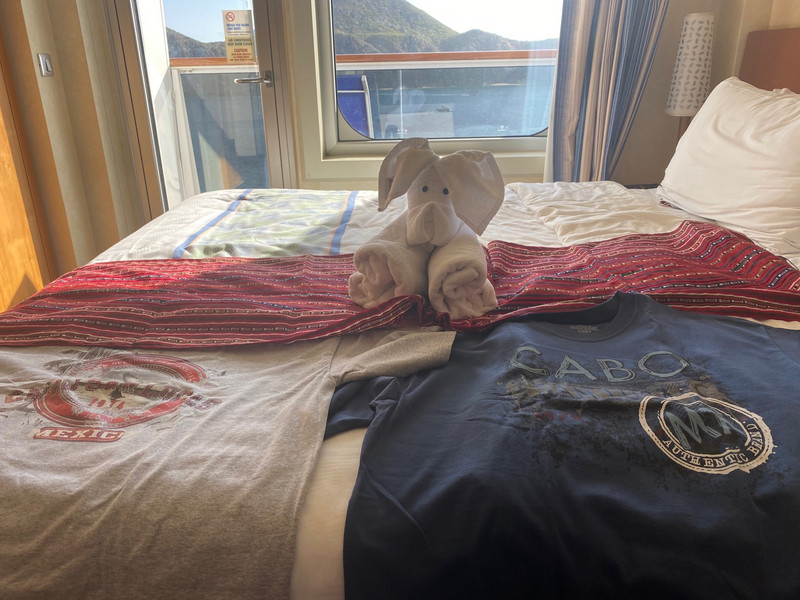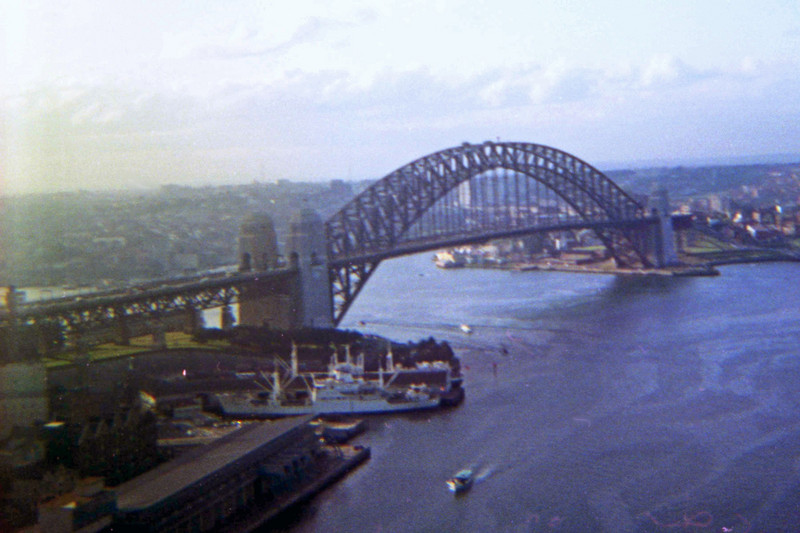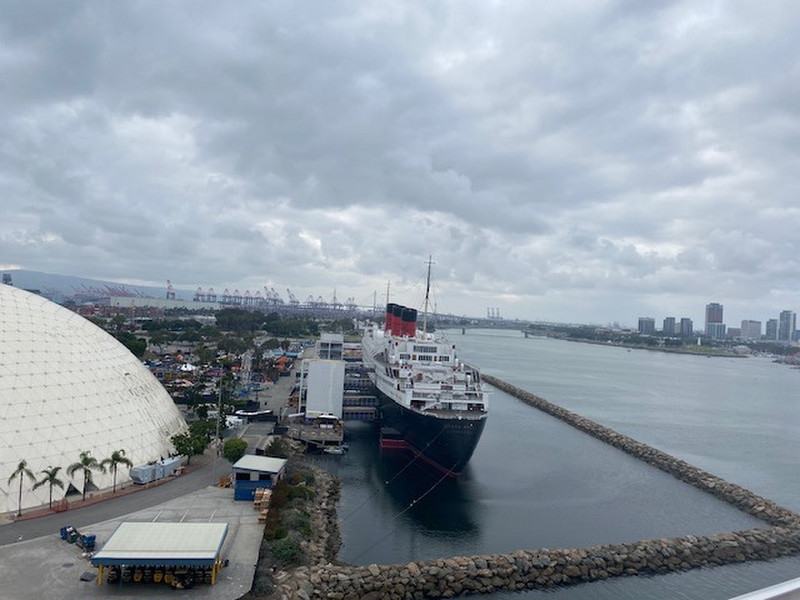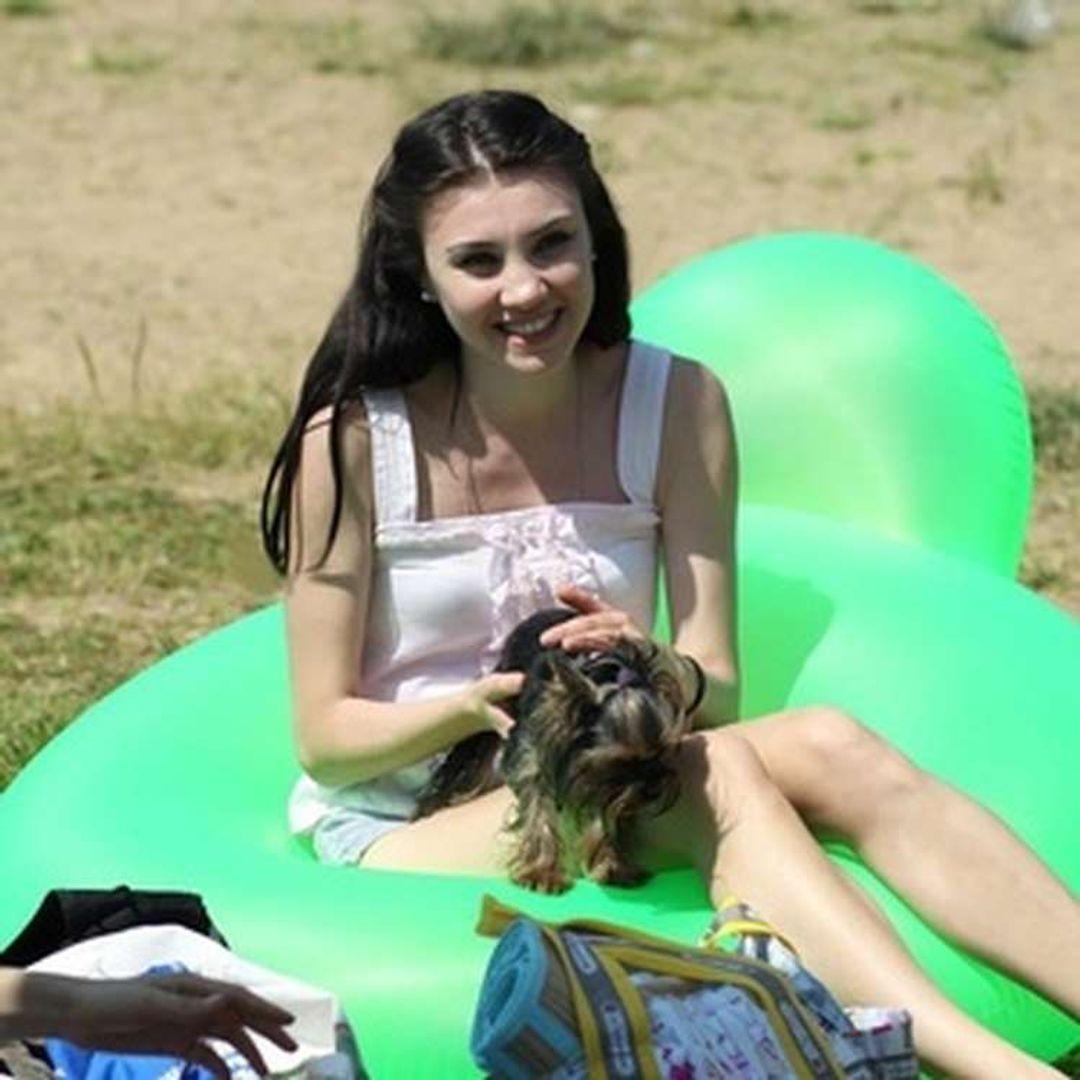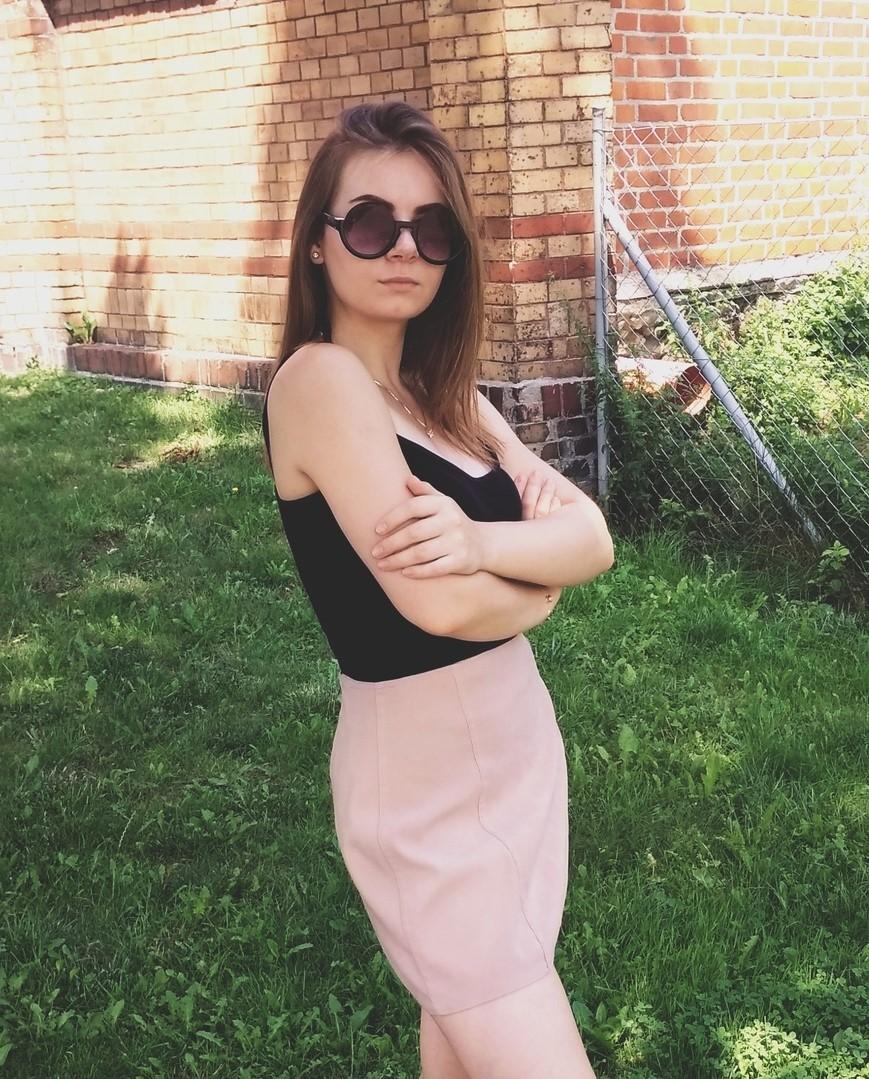Im always thrilled to visit a place for the first time, in particular in my home country of the United States. In May 2022, I spent eight days exploring two areas of Utah: the Salt Lake City region and several national and state parks near Moab. The state has a raw and majestic beauty, but it also offers a cautionary tale about the dangers of unchecked expansion and the reality of climate change.
I began my journey by visiting several sites in the state capital of Salt Lake City, which was founded by Brigham Young in 1847. The main point of interest in the city is Temple Square, which is the epicenter of the Church of Jesus Christ of Saints, also referred to as Mormonism. Lets be clear, the church and its followers dominate the state, with 66 percent of the population adhering to the religion. That said, Mormons now are a minority of the population in the capital city, which has more diverse than the rest of the state. But nearly 90 percent of the state legislators are Mormon. So key public policy decisions about everything from voting rights to reproductive rights to minority rights are made
The city, however, has its charms. The Capitol building is impressive both inside and out. The city boasts many charming neighborhoods and lovely city parks. That said, I was keen to explore the natural beauty that surrounds the city. My first stop was Antelope Island State Park, situated in the Great Salt Lake. The island contains over 28,000 acres and is 15 miles long and five miles wide. Boasting such wildlife as, of course, antelope, as well as bison and many species of birds, the state park is a delightful getaway that is close to the city.
However, it was clear when I visited the island that something is very wrong with the Great Salt Lake. Its not so great anymore. Since 1847, when the first settlers arrived, the lake has lost over 50 percent of its total volume and the depth has dropped by over 12 feet. Why? Unchecked urban growth. For nearly 50 miles, both north and south of the city, I saw suburban sprawl on a massive scale. Such growth demands diverting more water from the mountains that would typically flow into the Great Salt
Lake. The result: a lake with less water and more exposed sand and dirt, which, in turn, contributes to the air pollution in Salt Lake City. A thick, unhealthy haze often blankets the city. Adding to the problem is the fact that the region is in the midst of what scientists are calling a According to a recent scientific study cited by the citys local media, the western United States is experiencing its driest conditions in 1,200 years. And the drought will likely not end any time soon. Anyone with eyes wide open can see that climate change is very real in Utah. Frankly, it made me sad and angry to see the beautiful valley in which Salt Lake City sits being carved up, destroyed, and polluted.
Wanting to retreat from the urban congestion, I also took a day trip to the mountains, hiking along the Provo River Trail, which features many impressive waterfalls and soaring peaks, even in May. It was a delight to breathe in fresh mountain air.
After my sojourn in Salt Lake City, I traveled about four hours south to the resort town of Moab, adjacent to two stunning national parks: Arches
and Canyonlands, as well as an impressive state park: Dead Horse Point. I first visited Canyonlands and Dead Horse Point, both of which boasted excellent hiking trails for all skill levels. At Dead Horse Point, I hiked along the East Rim Trail, which offered majestic views of the deep canyons (carved over millions of years by the Colorado and Green rivers) that unfolded in red and crimson waves to the horizon. Planted like skyscrapers in the canyons were towering islands of red stone that were created by the unrelenting forces of wind and rain. Neither Dead Horse Point nor Canyonlands were crowded. Visitors were spread out among the many trails and lookout points.

